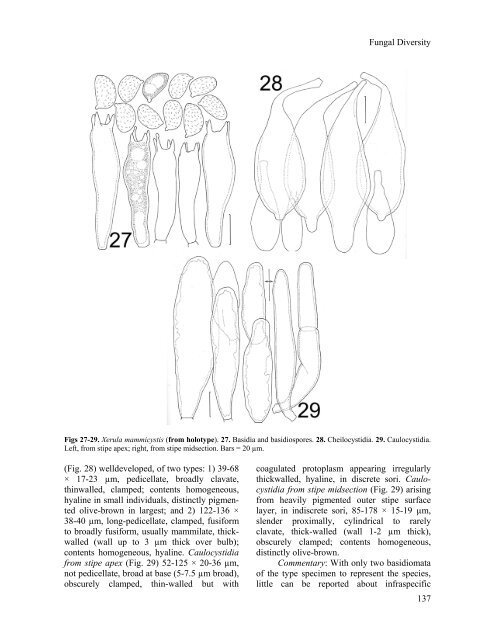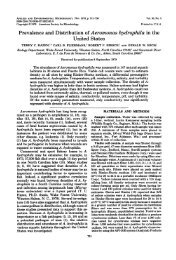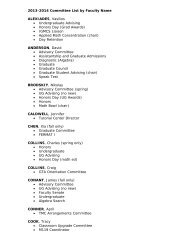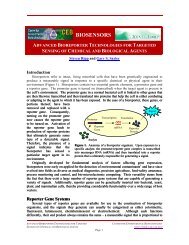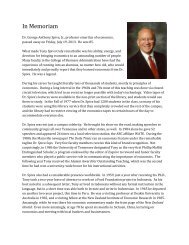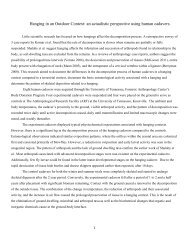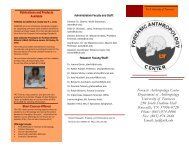Species of Xerula from sub-Saharan Africa
Species of Xerula from sub-Saharan Africa
Species of Xerula from sub-Saharan Africa
Create successful ePaper yourself
Turn your PDF publications into a flip-book with our unique Google optimized e-Paper software.
Fungal Diversity<br />
Figs 27-29. <strong>Xerula</strong> mammicystis (<strong>from</strong> holotype). 27. Basidia and basidiospores. 28. Cheilocystidia. 29. Caulocystidia.<br />
Left, <strong>from</strong> stipe apex; right, <strong>from</strong> stipe midsection. Bars = 20 µm.<br />
(Fig. 28) welldeveloped, <strong>of</strong> two types: 1) 39-68<br />
× 17-23 µm, pedicellate, broadly clavate,<br />
thinwalled, clamped; contents homogeneous,<br />
hyaline in small individuals, distinctly pigmented<br />
olive-brown in largest; and 2) 122-136 ×<br />
38-40 µm, long-pedicellate, clamped, fusiform<br />
to broadly fusiform, usually mammilate, thickwalled<br />
(wall up to 3 µm thick over bulb);<br />
contents homogeneous, hyaline. Caulocystidia<br />
<strong>from</strong> stipe apex (Fig. 29) 52-125 × 20-36 µm,<br />
not pedicellate, broad at base (5-7.5 µm broad),<br />
obscurely clamped, thin-walled but with<br />
coagulated protoplasm appearing irregularly<br />
thickwalled, hyaline, in discrete sori. Caulocystidia<br />
<strong>from</strong> stipe midsection (Fig. 29) arising<br />
<strong>from</strong> heavily pigmented outer stipe surface<br />
layer, in indiscrete sori, 85-178 × 15-19 µm,<br />
slender proximally, cylindrical to rarely<br />
clavate, thick-walled (wall 1-2 µm thick),<br />
obscurely clamped; contents homogeneous,<br />
distinctly olive-brown.<br />
Commentary: With only two basidiomata<br />
<strong>of</strong> the type specimen to represent the species,<br />
little can be reported about infraspecific<br />
137


